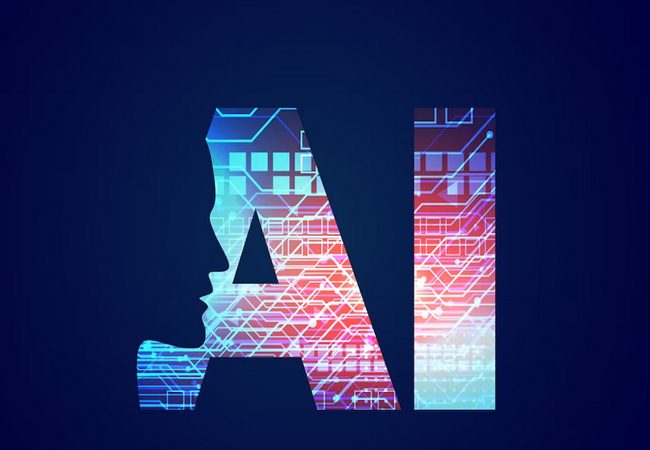The indelible imprint of Artificial Intelligence (AI) has left an indisputable impact on the ever-evolving landscape of the entertainment industry, exceeding the bounds of traditional labor dynamics and creative expression. While labor problems continue to loom over the industry, recent SIGGRAPH advances have shone light on the strong computational tools that have the ability to change the worlds of graphics, cinema, and television. We dig into the symbiotic link between AI and creativity in this research, deconstructing its influence on the creative process, workflow improvement, and the complex dance between automation and imagination.
The Rise of AI in Entertainment
At SIGGRAPH, AI took center stage as an unrelenting protagonist, demonstrating its brilliance with algorithmic miracles such as GPT-4 and Stable Diffusion. These cutting-edge techniques have accelerated the convergence of the worlds of graphics and film/TV, dramatically dissolving the borders that formerly separated them. The role of AI in fostering this convergence is more than just augmentation; it is paving the way for a harmonic marriage of creative genius and technical progress.
AI as a Facilitator of Creative Intention
Despite ongoing fears that AI will substitute human creativity, history has built a narrative that emphasizes the inherent relationship between AI and artists. Consider Pixar's magnum achievement "Elemental," which exemplifies the peaceful coexistence of volumetric neural style transfer (NST) with aesthetic vision. This combination of AI-powered tools and creative purpose demonstrates how AI works as a facilitator rather than a substitute, boosting rather than overshadowing the artist's voice.
AI at Work
Through the seamless integration of procedural tools, the concrete influence of AI on entertainment crystallizes, supporting the symbiotic link between creativity and efficiency. AI-powered procedural tools have triggered a paradigm change in the way artists approach their profession at Pixar and DNEG. Workflow optimization, which was previously a faraway ideal, has now become a reality, driving artists to new heights of creative expression. As silent partners, these technologies optimize the iterative process and multiply design iterations, releasing floods of invention.
The Role of AI in the Director-Artist Dialogue
The continuous interchange of ideas between artists and directors is essential to the complicated choreography of filmmaking. AI appears as a dance partner in this scenario, providing a smooth communication between vision and execution. Pre-visualization, a vital stage in production, is seeing extraordinary acceleration as a result of AI involvement. As technology speeds the translation of ideas into physical pictures, innovators are able to explore unknown regions of creativity without being constrained by logistical restrictions.
Rising Automation
In the same breath that AI brings life to entertainment, it brings out issues that reverberate across industry corridors. Automation's attraction, promising efficiency and cost-effectiveness, throws a shadow over conventional jobs. Actors and authors, the souls of narrative, are terrified of total performance and imaginative automation. The gloomy clouds of misinformed leadership loom, ready to throw artists into the crosshairs of uncertainty.
The Meeting of Potential and Apprehension
The potential of AI in the entertainment business is both a source of promise and a source of concern. Its power to boost creativity while also streamlining processes is undeniable. However, the threat of AI dominance raises legitimate worries. Its transformative force may either drive the sector forward or set off a chain reaction of unexpected effects. Executive predictions of AI supplanting creativity may spark labor battles, possibly resonating throughout Hollywood's development narrative.
Making a Plan for the Future
The interaction between creativity and automation develops like a symphony in this gripping tale about AI's role in the entertainment business, with each note ringing with innovation and caution. The path ahead requires a cautious embrace, maximizing AI's promise as a catalyst for innovation while protecting the core of human creativity. When hit with precision, the synergy between AI and creative vision holds the key to constructing an industry that is both technologically enabled and aesthetically enriched.
As we weave our way through the rich tapestry of AI's impact on the entertainment industry, one thing is crystal clear: the future is both a canvas and a blueprint. A canvas on which the strokes of creativity and invention may unite to create unforgettable experiences, and a blueprint that requires attentive guardianship to ensure that the shadows of anxiety never eclipse the brightness of the artwork itself. The possibility of an entertainment renaissance that lives on the symbiotic dance between the physical and the imagination rests in this beautiful marriage of AI and the human spirit.


Post a Comment